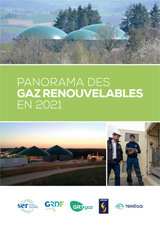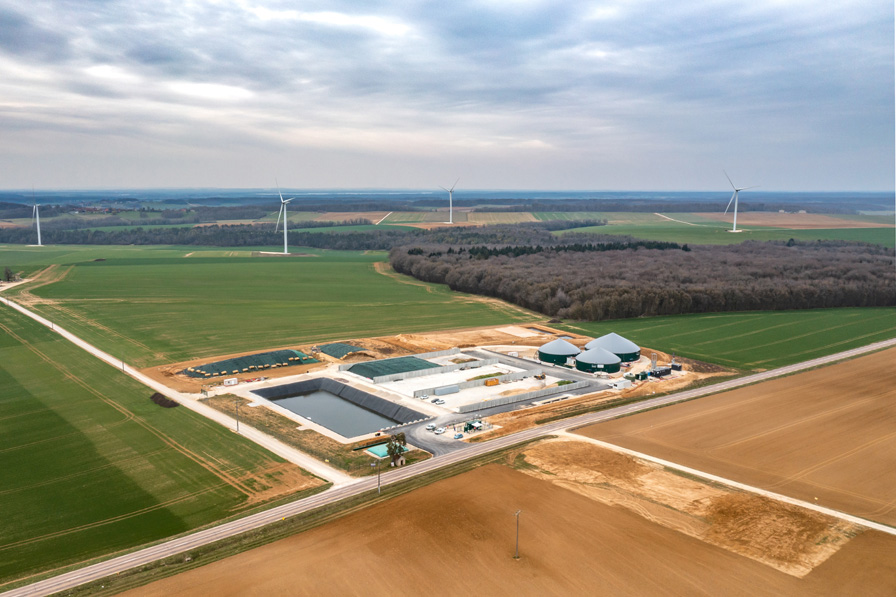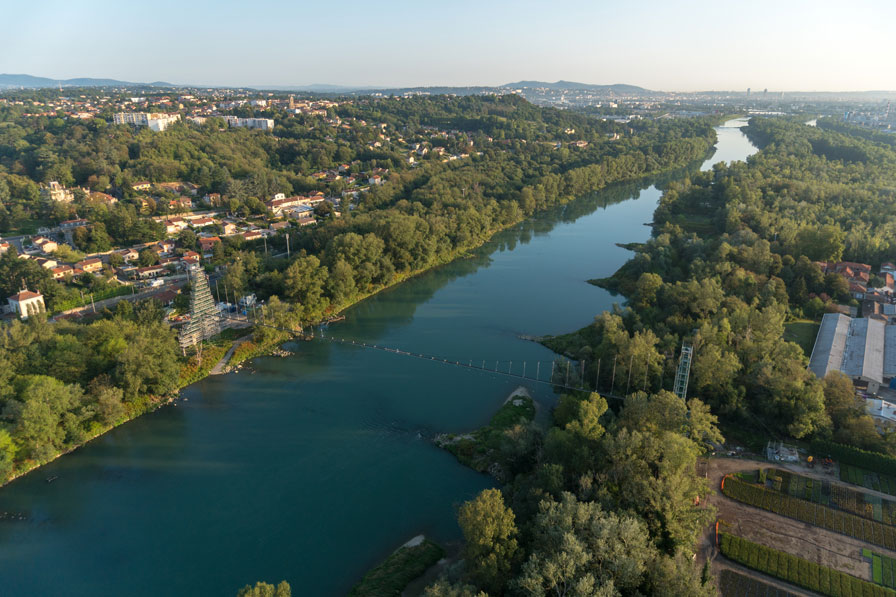Regional Anaerobic Digestion Day: what lies ahead for the sector?

Anaerobic digestion offers significant environmental, economic, industrial and regional potential in France. Its continued development requires changes to its economic models and acceptability. Discussions of these topics were the focus of the “2021 Regional Anaerobic Digestion Day”, for which GRTgaz is one of the partners.
What will the new economic anaerobic digestion models of tomorrow look like? What public requirements will emerge in terms of project ownership? The sector’s current momentum does not preclude it from having to adapt to market changes and ask itself this type of question. Project owners, operators, companies, local authorities and other financing structures were hence invited to discuss these issues on Tuesday 14 December 2021 as part of a regional day focussed on anaerobic digestion.
GRTgaz: a committed partner
The event was organised by the partners of the Ambition Biogaz 2023 collective, including GRTgaz, in cooperation with the Auvergne-Rhône-Alpes French Gas Association and the competitiveness clusters Axelera and Tenerrdis. It took place online between 9.30 am and 6.15 pm.
The agenda included information and experience sharing via round tables and business meetings. Since 2019, GRTgaz and ten other institutional and technical partners have undertaken to “create the conditions needed to support and accelerate the virtuous development of anaerobic digestion in the AURA Region”.
Publications

A link in the circular economy
In terms of responsibility, this approach goes above and beyond. Anaerobic digestion provides an outlet for a wide range of organic waste, reducing the volumes treated by other sectors while decreasing greenhouse gas emissions. A key link in the circular economy and a significant source of income for farmers, it has become one of the most mature renewable gas production sectors. France currently has 43 such biomethane production sites connected to the GRTgaz network.
Future prospects
In 2020, injection points represented a production of 146 GWh/year for the AURA region, and 14 new injection units were created in 2021. This figure is expected to increase with the widespread sorting of biowaste at source by 2025. By this time, the weight of waste used to produce biogas should amount to 5 Mt1 – enough to produce an additional 3.5 TWh. In 2035, this figure should reach 100 Mt – enough to produce 70 TWh – with a corresponding reduction in the cost of installations. To produce 100% renewable gas by 2050, scenarios set out by the French Agency for the Environment and Energy Management (ADEME) go up to 100 or 128 TWh.
By 2030, new units could increase to 35 per year, making anaerobic digestion the region’s third-largest renewable energy source. Biomethane injections into the network could intensify, affecting 87% of units. At end-2020, France had more than 1,070 biogas production units2 producing more than 7 TWh3. These were mainly supplied by agricultural waste, with 20% of units recovered it in the form of biomethane injected into the networks.
1 Amendment No. II-CF1042 - French National Assembly 28/10/2019
2 Renewable Gas Panorama 2020
3 Bioenergies: what role for anaerobic digestion? (INRAE)

